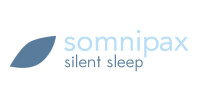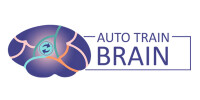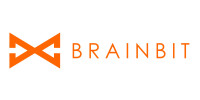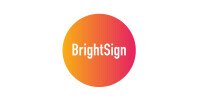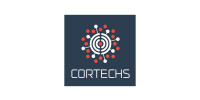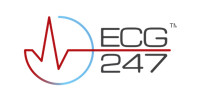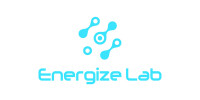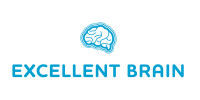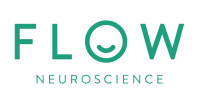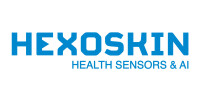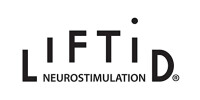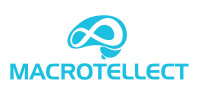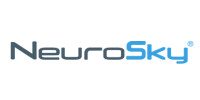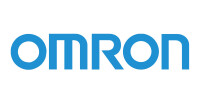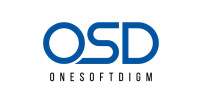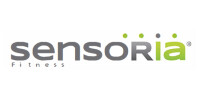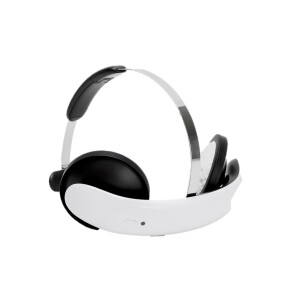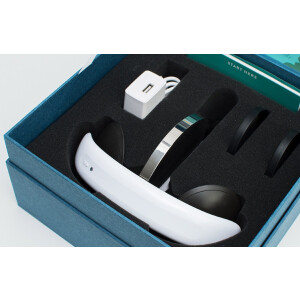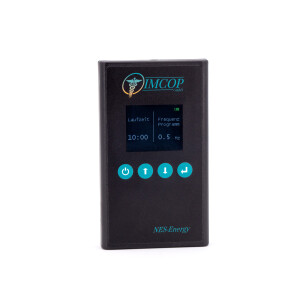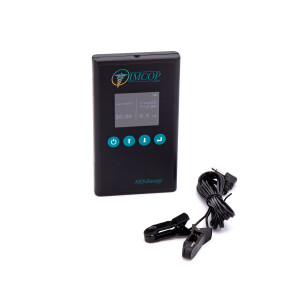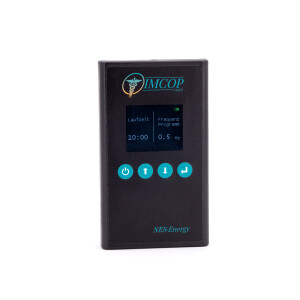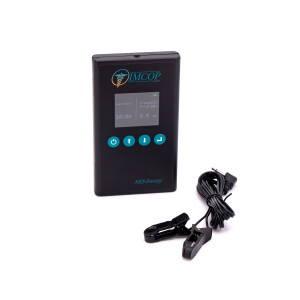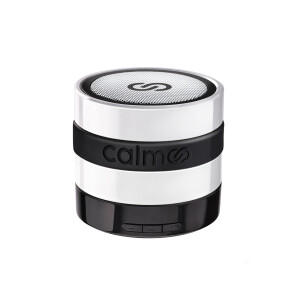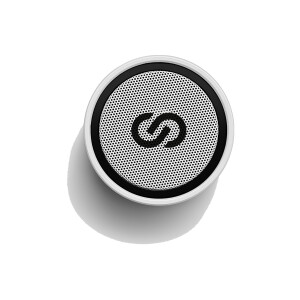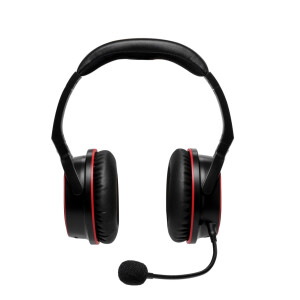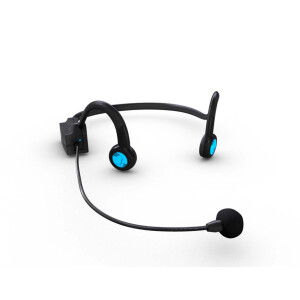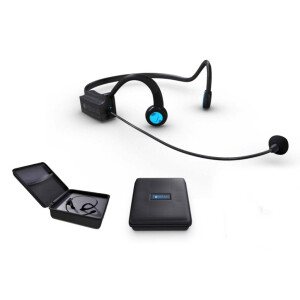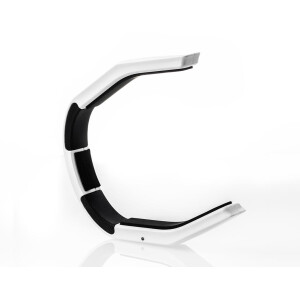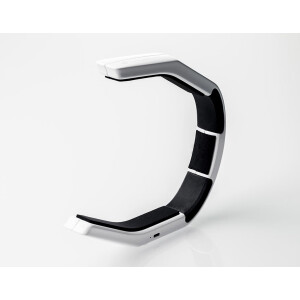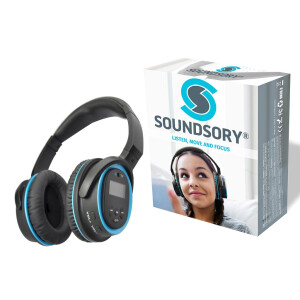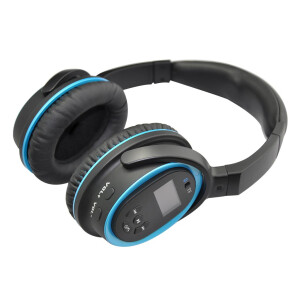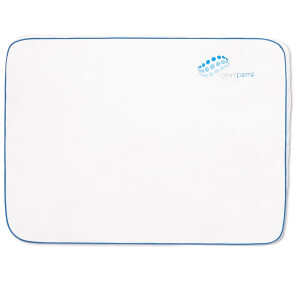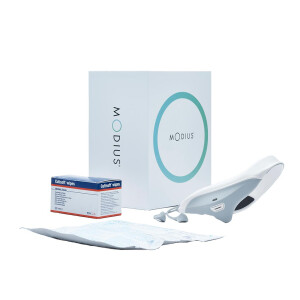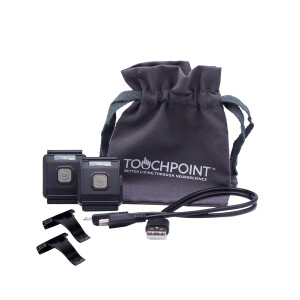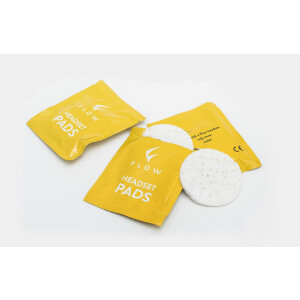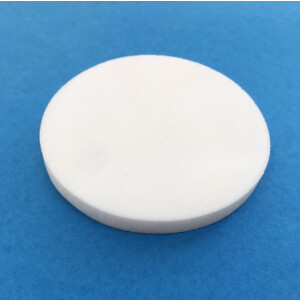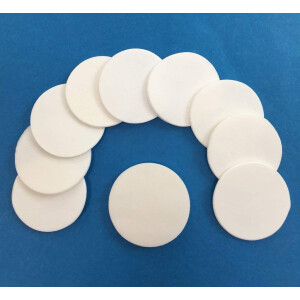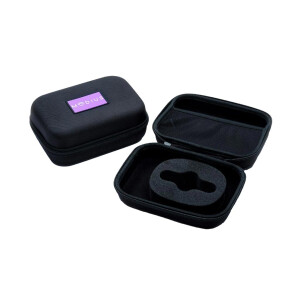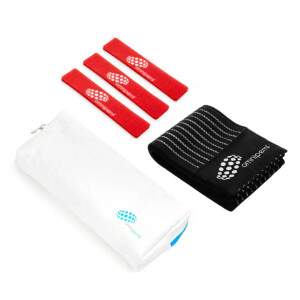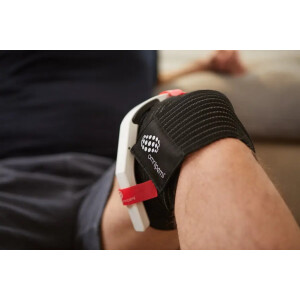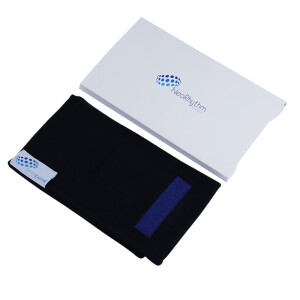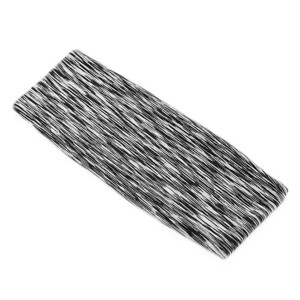Here you will find a selection of high-quality Neurostimulation Devices for different uses. More Info
Neurostimulation Devices
- Available immediately
-
Ships within: 8 - 9 business days (DE - int. shipments may differ)
- Available immediately
-
Ships within: 1 - 2 business days (DE - int. shipments may differ)
- Available immediately
-
Ships within: 1 - 2 business days (DE - int. shipments may differ)
- Available immediately
-
Ships within: 3 - 4 business days (DE - int. shipments may differ)
- Available immediately
-
Ships within: 7 - 8 business days (DE - int. shipments may differ)
- Available immediately
-
Ships within: 1 - 2 business days (DE - int. shipments may differ)
- Available immediately
-
Ships within: 1 - 2 business days (DE - int. shipments may differ)
- Available immediately
-
Ships within: 1 - 2 business days (DE - int. shipments may differ)
- Available immediately
-
Ships within: 13 - 14 business days (DE - int. shipments may differ)
- Available immediately
-
Ships within: 8 - 9 business days (DE - int. shipments may differ)
- Available immediately
-
Ships within: 8 - 9 business days (DE - int. shipments may differ)
- Available immediately
-
Ships within: 1 - 2 business days (DE - int. shipments may differ)
- Available immediately
-
Ships within: 1 - 2 business days (DE - int. shipments may differ)
- Available immediately
-
Ships within: 1 - 2 business days (DE - int. shipments may differ)
Neurostimulation Devices
Buy an Neurostimulation Devices in the MindTecStore
Neurostimulation: Revolutionary therapy for the nervous system
Neurostimulation has proven to be a revolutionary form of therapy that has the potential to treat numerous neurological disorders and significantly improve patients' quality of life. Targeted stimulation of the nervous system can relieve symptoms, reduce movement disorders and control pain. In this text, we will take a closer look at neurostimulation, explain how it works, look at successful case studies and discuss different opinions on this groundbreaking technology.
What is neurostimulation?
Neurostimulation is the electrical stimulation of the nervous system to treat neurological disorders. It involves placing fine electrodes in specific areas of the body to stimulate targeted nerves and modulate their activity. There are different types of neurostimulation, including deep brain stimulation (THS), spinal cord stimulation and peripheral nerve stimulation.
How neurostimulation works:
Electrical impulses: electrical impulses are generated via an external impulse generator and sent to the target area via the implanted electrodes.
Modulation of activity: The electrical impulses modulate the activity of the target neurons and thus influence the signal transmission in the nervous system.
Symptom relief: The targeted stimulation can reduce symptoms such as stress, lack of concentration, difficulty sleeping, pain or mental illness.
Case studies on stress reduction, anger control, pain reduction and depression through neurostimulation:
Stress reduction for anxiety disorders: A 30-year-old woman has been suffering from generalised anxiety disorder for years and is constantly plagued by excessive stress and worry. After regular use of neurostimulation for deep brain stimulation in the prefrontal cortex, she experiences a significant reduction in her anxiety symptoms and a marked reduction in her stress level.
Stress management in post-traumatic stress disorder (PTSD): A war veteran suffers from severe PTSD symptoms, including intense nightmares, irritability and severe stress. Through nerve stimulation, he experiences relief from his symptoms and is better able to cope with stressful situations.
Tantrum control in a child through neurostimulation: Max, a 10-year-old boy, has suffered from impulsive tantrums since early childhood, often leading to emotional outbursts, aggression and uncontrolled behaviour. His parents have tried numerous therapies and behavioural interventions, but have found it difficult to control his emotions and anger. Finally, they decide to explore neurostimulation as a possible treatment option. The effects of neurostimulation are amazing. Within a few weeks, Max's parents report a significant reduction in anger outbursts and an improved ability for their son to control his emotions.
Improving stress regulation in depression: A 40-year-old man suffers from severe depression and has difficulty managing stress. After neurostimulation to treat his depression symptoms, he reports an improved ability to manage stressful situations and achieve greater emotional stability.
Stress reduction for chronic pain: A 50-year-old woman has suffered from chronic pain for years, resulting in ongoing stress and emotional distress. Through neurostimulation for pain relief, she not only experiences an improvement in her pain symptoms, but also a significant reduction in her stress levels.
These case studies illustrate how neurostimulation can have positive effects on various diseases and disorders associated with high stress levels. Targeted stimulation of the nervous system induces neurophysiological changes that can lead to improved stress regulation and a reduction in stress symptoms. However, it is important to note that the individual effectiveness of neurostimulation may vary from patient to patient and careful evaluation and adjustment of therapy is required.
Opinions on neurostimulation:
Doctors and scientists: Neurostimulation has shown promise as a treatment option, enabling the treatment of conditions that were previously difficult to control.
Patients: Many patients report a significant improvement in their quality of life and a reduction in their symptoms after neurostimulation.
Critics: Some critics express concerns about the long-term effects and potential risks of neurostimulation. Further research and long-term studies are needed to address these concerns.
The history of neurostimulation
The history of neurostimulation dates back to the 18th century, when the basics of electrical stimulation of the nervous system were explored. Here are some important milestones in the development of neurostimulation.
20th century: Early applications of neurostimulation
Throughout the 20th century, various approaches to neurostimulation were developed and applied. A significant milestone was the development of deep brain stimulation (THS) in the 1980s. THS involves implanting electrodes in specific regions of the brain to relieve symptoms of Parkinson's disease and other movement disorders.
21st century: Advances in neurostimulation technology
The 21st century has brought significant advances in neurostimulation technology. Modern devices are smaller, more efficient and offer more precise control of electrical impulses. The applications of neurostimulation have expanded to include stress, sleep disorders, anger control, pain management, epilepsy treatment, depression and other neuropsychiatric disorders, in addition to movement disorders.
Future prospects: Further development and innovation
Neurostimulation continues to be the focus of research and development. New technologies and applications are constantly being explored to improve the effectiveness and precision of neurostimulation. Advances in imaging, neural interfaces and neuromodulatory therapeutic approaches are opening up promising possibilities for the future of neurostimulation.
Overall, neurostimulation has evolved over history into a major therapeutic option with the potential to significantly improve the lives of people with neurological diseases and disorders. Targeted stimulation of the nervous system can alleviate symptoms and modulate nervous system function. Continued research and technological development will help to further expand the effectiveness and application areas of neurostimulation.
Conclusion on neurostimulation:
Neurostimulation has the potential to make lasting improvements in the lives of people with neurological diseases. Targeted stimulation of the nervous system can alleviate symptoms, control pain and reduce movement disorders. Successful case studies prove the effectiveness of this form of therapy. While doctors and patients are convinced of the positive results, potential risks and long-term effects need to be further investigated. Nevertheless, neurostimulation promises a promising future for the treatment of neurological diseases.
The MindTecStore is an online shop specialising in the sale of neuroscience and neurofeedback devices and other mental enhancement technologies. They offer a selection of neurostimulation devices including Transcranial Magnetic Stimulation (TMS), Transcutaneous Electrical Nerve Stimulation (TENS) and other similar products.
© www.mindtecstore.com 2023
Author: Jörne Kreuder, update from 30.10.2023




